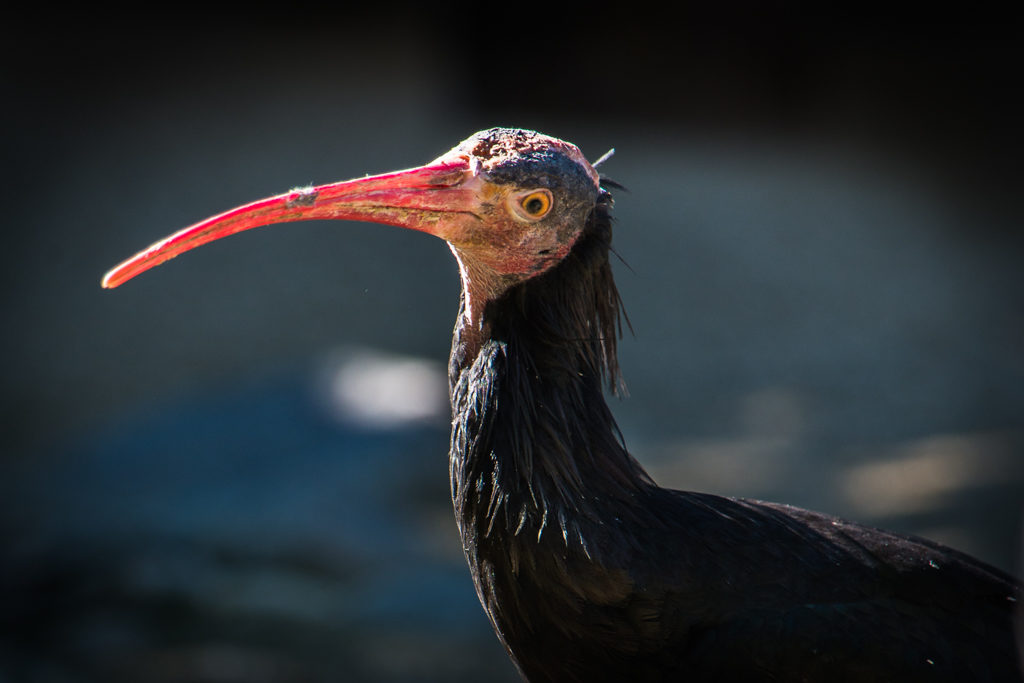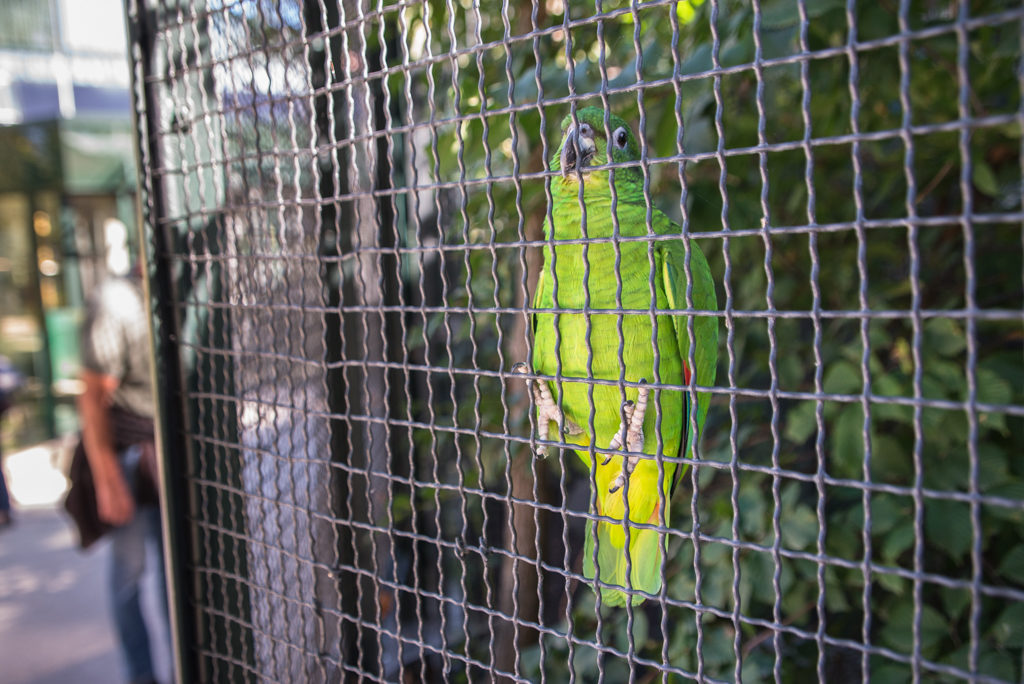
Opened in 1752, the zoo of Vienna is the oldest in the world. Mary Theresa of Austria had the zoo installed into the baroque gardens of her imperial summer residence of Schönbrunn, back then still in the outskirts of Vienna. Until 1778 only members of the royal family could wander among the cages to marvel at the elephants, giraffes, camels, bears, wolfs and exotic birds.
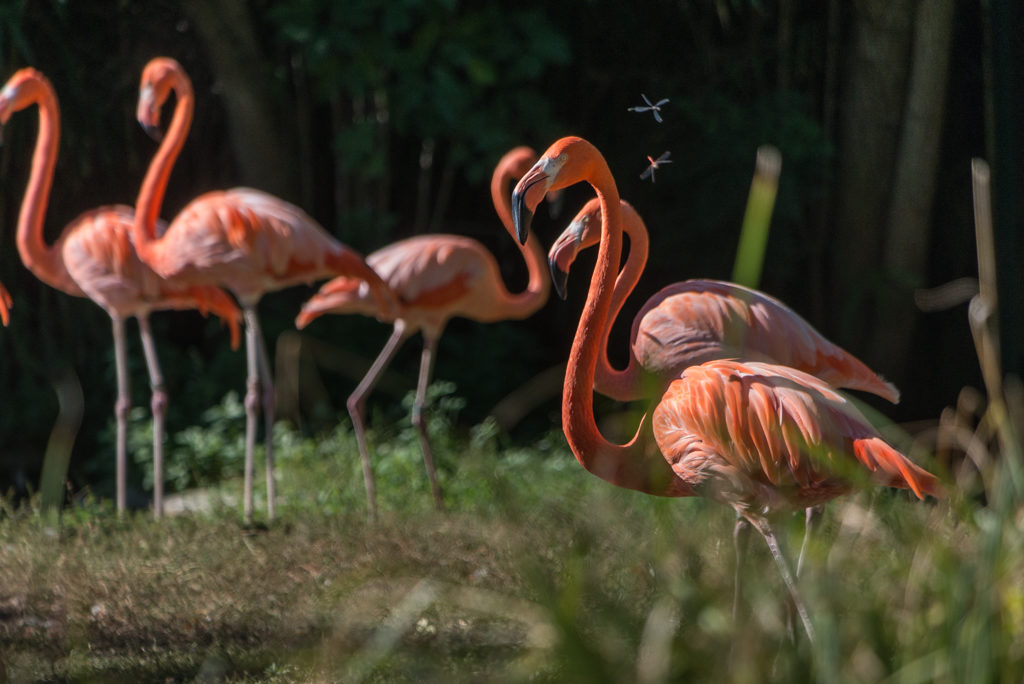
Today one of Vienna’s major tourist attractions, Schönbrunn with its zoological, botanical and baroque gardens as well as a lavishly decorated golden interior, was styled after Versaille in Paris. Mary Theresa sought the alliance of the Bourbon Empire to fortify her empire against her archfiend Frederick II of Prussia. On her court, French was spoken. To eternally strengthen the relationship between Austria and France, she further sent her youngest daughter, Maria Antonia, to marry the future king Louis XVI – against the teenager’s wish. However, the French empire did not last as long as the Austro Hungarian monarchy. As Queen Marie Antoinette, Maria Antonia was beheaded during the French Revolution of 1791.
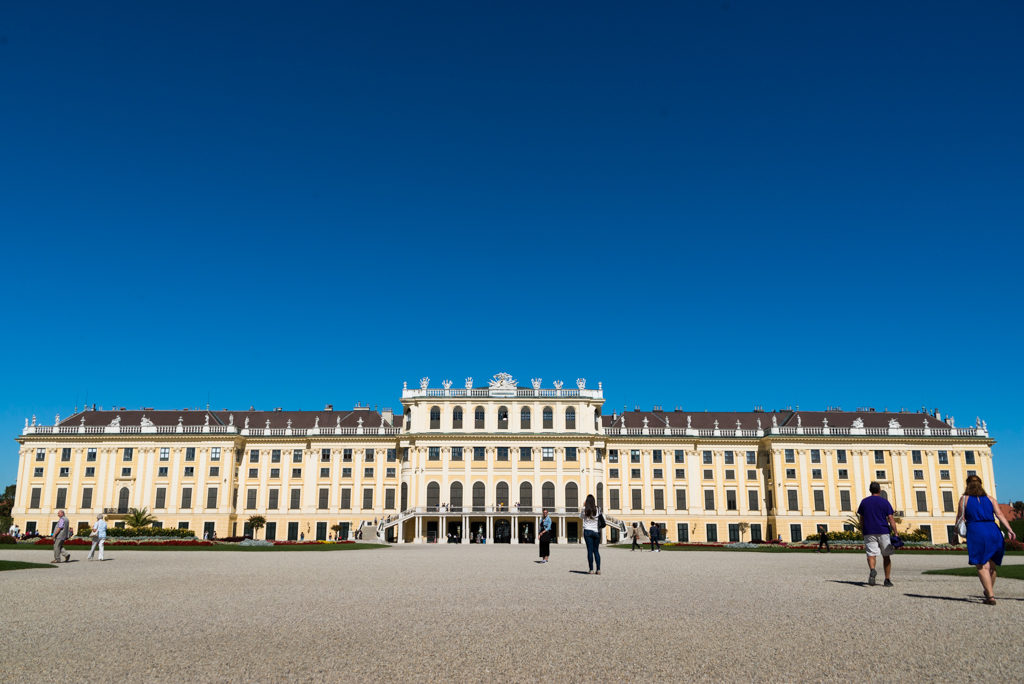
Mary Theresa, despite her well-groomed image as the warm-hearted mother to the peoples of her multinational empire, was an absolute and strict ruler, and it was only her successor, her son Joseph II, who talked her into a slightly more liberal thinking and therefore reforms, such as opening the zoo to the public. In fact, the citizens of the Austro-Hungarian monarchy might have seen life in catholic, narrow-minded Austria comparable to living in the cages of the zoo. Definitely her own children did.
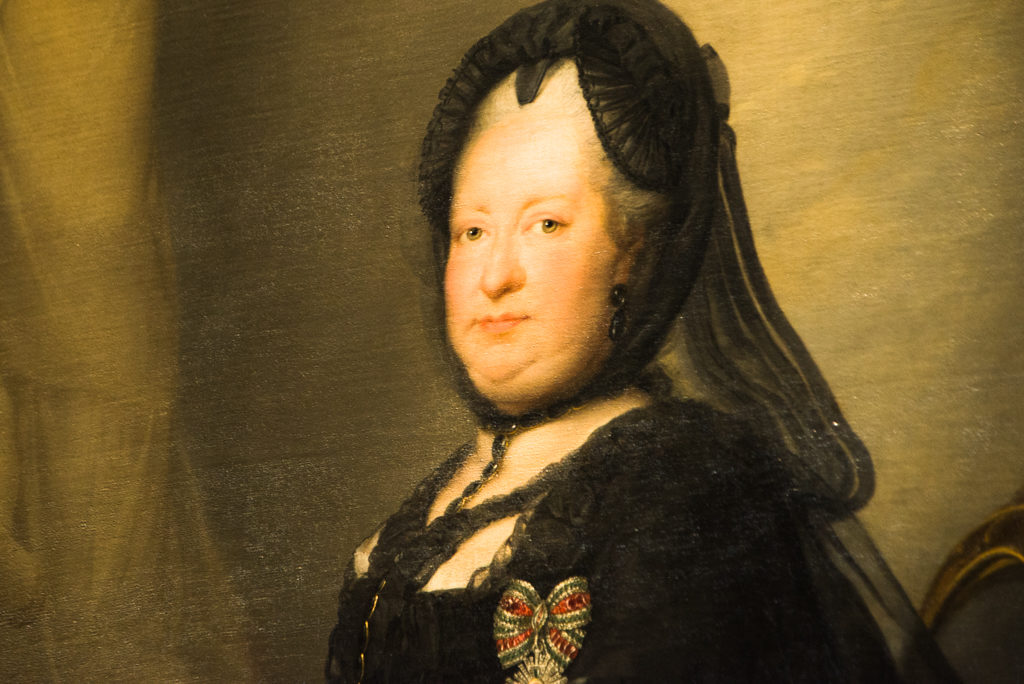
An ardent catholic – the Roman Catholic Church is still state church in Austria – she believed her power to be god given. Mary Theresa controlled her own children the way she controlled her subjects: with an iron fist. She introduced compulsory schooling for all children between six and twelve. Other faiths than the Roman Catholic were not tolerated in her empire: Jews as well as Christians of protestant faith were dispelled from the country – as long as they did not weigh in when it came to financing her wars against Frederick II. Wars she kept loosing.
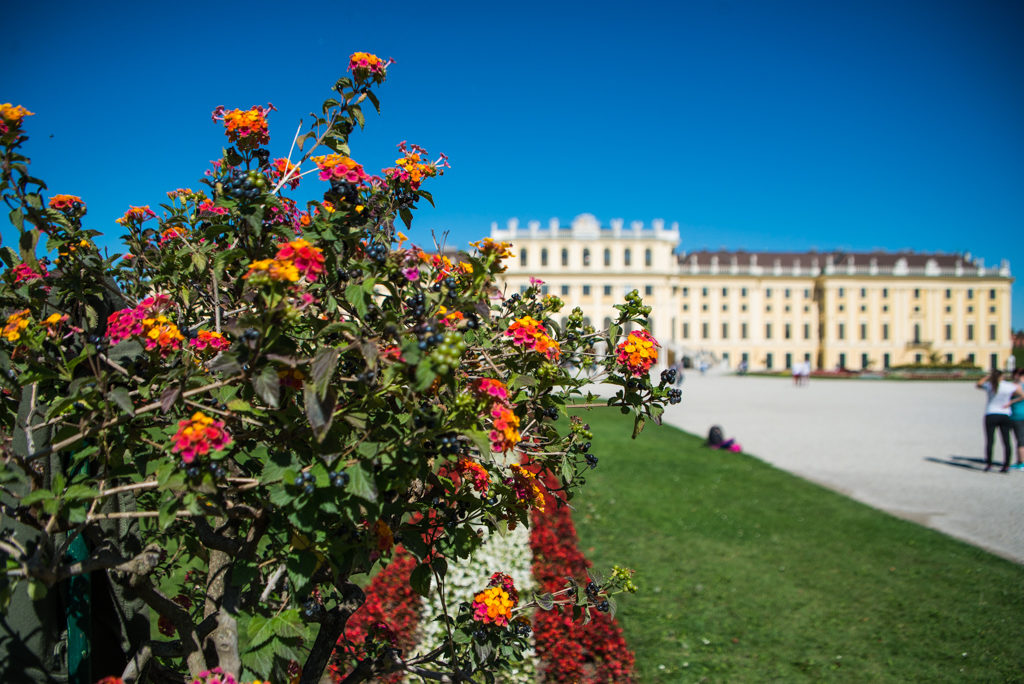
Today, 300 years after Mary Theresa, the Zoo attracts two million visitors per year. In its more than 250 years of existence, it has gone a long way from its first exhibitions in baroque cages and adorned follies. Waldrapps, or hermit ibis, a central European bird species that went extinct in the 18th century, was bred anew at Schönbrunn Zoo. A complex re-introduction program which involved glider planes taught the birds, born in captivity, to fly long distance and find their migratory routs to Tuscanny, Italy, where their free ancestors spent their winters. The population of these striking birds is still small – they are among the rarest birds worldwide. Yet they are alive and free again – ironically thanks to Mary Theresa’s Zoo.
